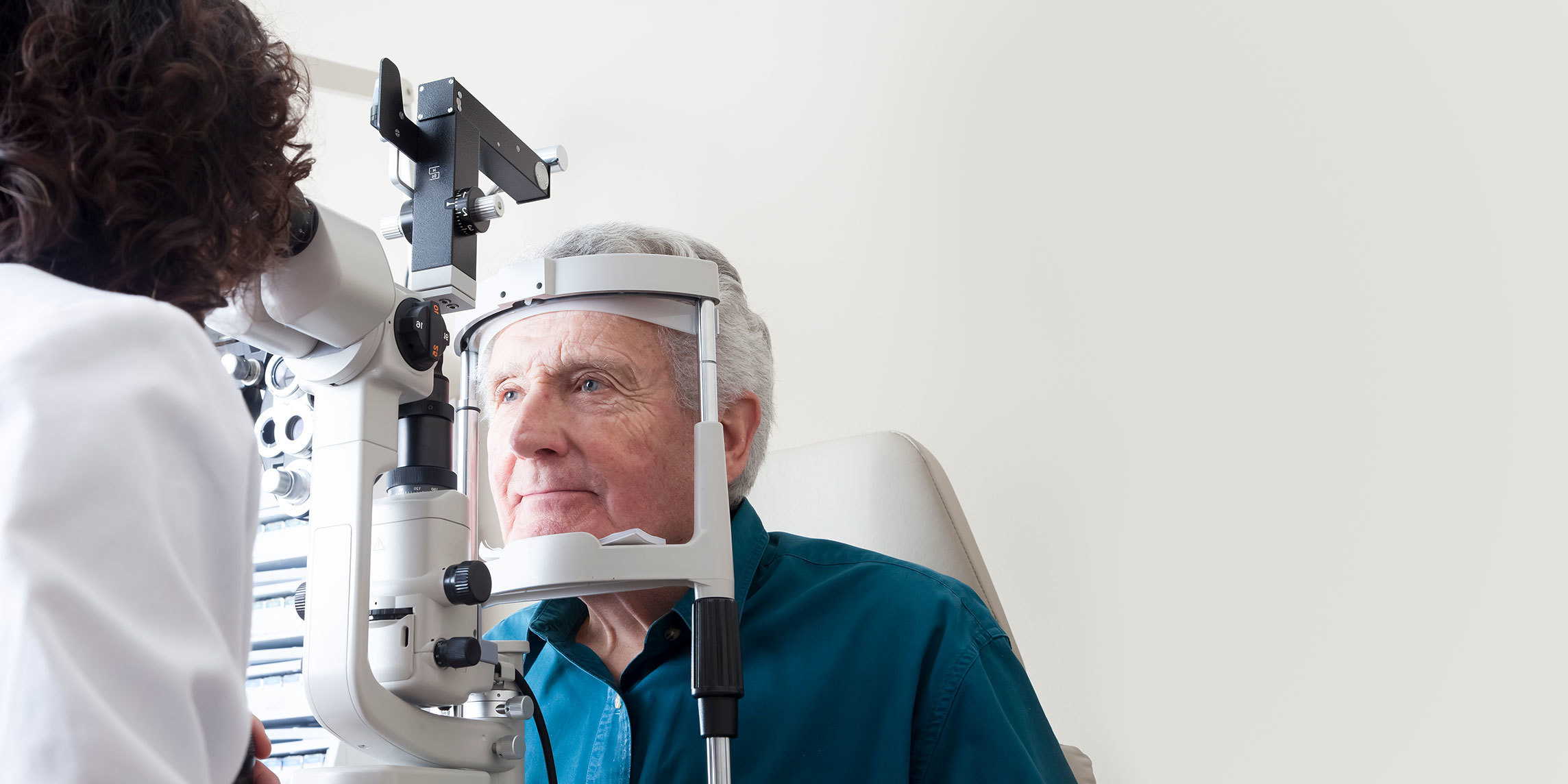About Visual Release Hallucinations (Charles Bonnet Syndrome)
Charles Bonnet syndrome refers to visual hallucinations produced as the brain adjusts to significant vision loss. When your brain receives optical signals, this usually quiets random activity in your visual cortex. A decrease or total loss of this visual input is thought to result in less regulation of visual cortex activity. Because the condition involves an increase in cortical activity following sensory deprivation, people who are born blind do not experience visual release hallucinations.
CBS hallucinations do not involve sounds, smells, or any other sensations. It’s important to note that hallucinations associated with this condition are caused by failing eyesight, not by a mental health problem or dementia.
Symptoms of Visual Release Hallucinations (Charles Bonnet Syndrome)
Visual release hallucinations aren’t usually unpleasant or threatening but may be slightly frightening when first experienced. They can sometimes occur suddenly and can last for a few minutes or several hours. These hallucinations may be moving or static.
Visual release hallucinations may have the following characteristics:
- A realization that the hallucinations are not real (known as insight)
- Complex images of people, objects, or landscapes
- No control over hallucinations
- Simple, repeated patterns
Risk Factors for Visual Release Hallucinations (Charles Bonnet Syndrome)
Visual release hallucinations occur most often among the elderly population as they are the most likely age group to have optical conditions such as macular degeneration that affect eyesight.
Risk factors for Charles Bonnet syndrome may include:
- Age: Charles Bonnet syndrome is most common in individuals 70-85 years or older.
- Health history: Visual impairment or vision loss, involving either one or both eyes, can cause condition onset.
Treating Visual Release Hallucinations (Charles Bonnet Syndrome) at UT Health Austin
A careful eye exam and additional tests may be used to determine if your hallucinations are occurring as a result of CBS or from another underlying condition. While there is no cure for CBS, your ophthalmologist is well-versed in the most current, evidence-based treatment recommendations, which may include medications, vision therapy, lifestyle adjustments, and more.
Care Team Approach
At UT Health Austin, we take a multidisciplinary approach to your care. This means you will benefit from the expertise of multiple specialists across a variety of disciplines. Your care team will include fellowship-trained neuro-ophthalmologists, ophthalmic technicians, physician assistants, nurse practitioners, social workers, and more who work together to help you get back to the things in your life that matter most to you. We also collaborate with our colleagues at the Dell Medical School and The University of Texas at Austin to utilize the latest research, diagnostic, and treatment techniques, allowing us to identify new therapies to improve treatment outcomes. We are committed to communicating and coordinating your care with your other healthcare providers to ensure that we are providing you with comprehensive, whole-person care.
Learn More About Your Care Team

Mitchel and Shannon Wong Eye Institute
Health Transformation Building, 1st Floor
1601 Trinity Street, Bldg. A, Austin, Texas 78712
1-833-UT-CARES (1-833-882-2737)
Get Directions